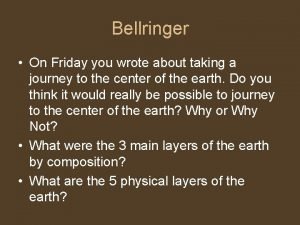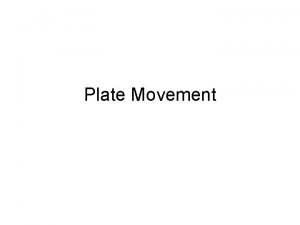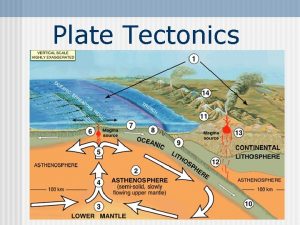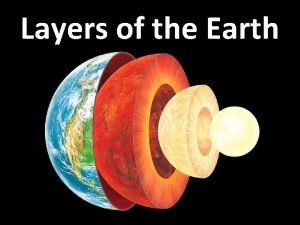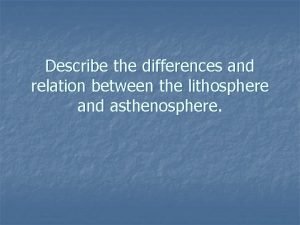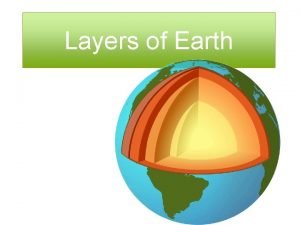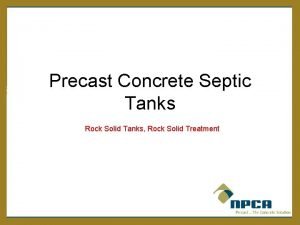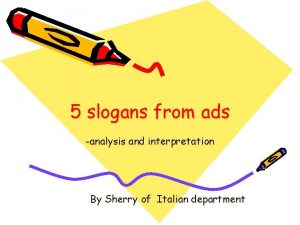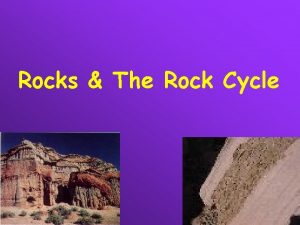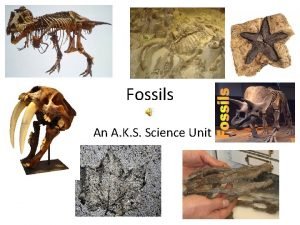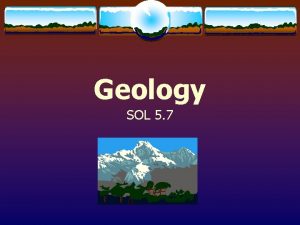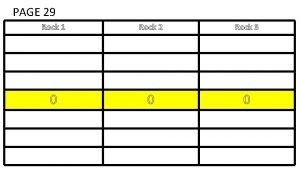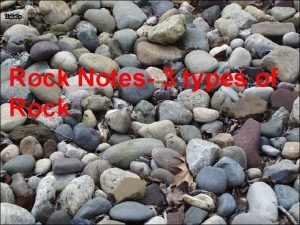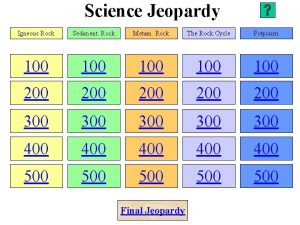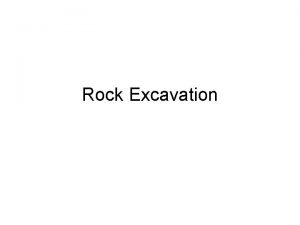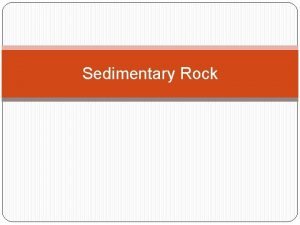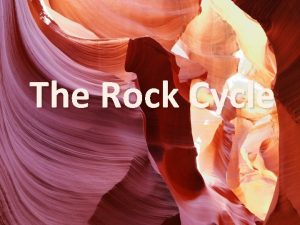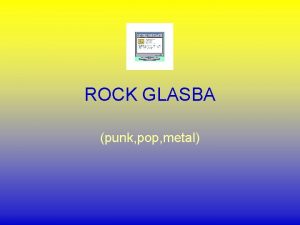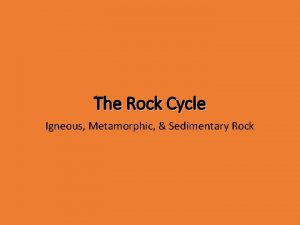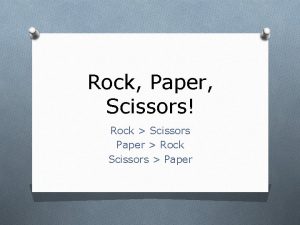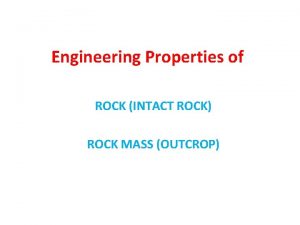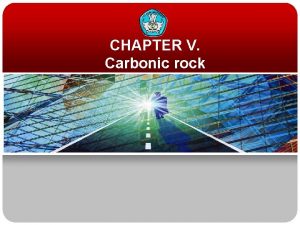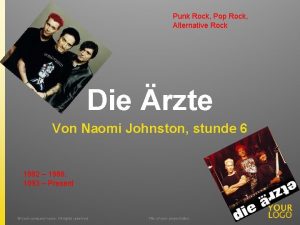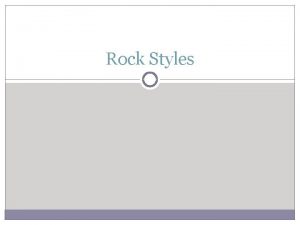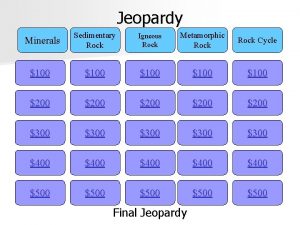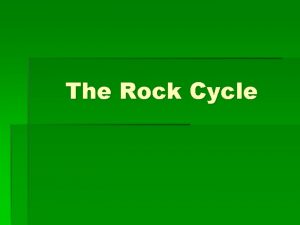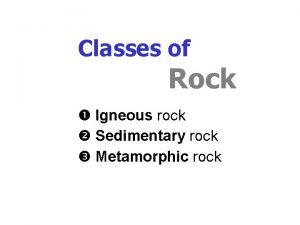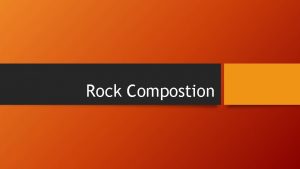The asthenosphere consists of solid rock that is


































- Slides: 34




The asthenosphere consists of solid rock that is flowing. But it’s not all flowing in the same direction.

Theory of Plate Tectonics • Theory that pieces of lithosphere move around on top of the asthenosphere

Plate Boundaries • The edges of different pieces of The lithosphere meet at lines called plate boundaries

Plate Boundaries Plate Videos

So the plates move. Now What? • As the plates move, they produce changes in Earth’s surface, including volcanoes, earthquakes, mountain ranges, and deepocean trenches.

3 Types of Plate Boundaries Divergent Convergent Transform Divergent

3 Types of Boundaries Divergent boundary= two plates move apart • Magma rises and creates new crust or seafloor Causes: midocean ridges, rift valleys, new crust , volcanoes

Divergent Boundaries © All Rights Reserved. Diverging Africa

Diverging Iceland

3 Types of Boundaries • Convergent= when two tectonic plates push into one another.

Convergent Boundaries • Continental vs. Continental • Continental vs. Oceanic • Oceanic vs. Oceanic

Continental vs. Continental • When two continental crustal plates collide, the continents buckle upward and form mountains. Himalayas- Asia

Himalayas- Asia

Oceanic vs. Continental • The oceanic plate slides under the continental plate. • The continental crust crumbles and forms new mountains.

Oceanic vs. Continental • Ex: Andes mtn in S. America Cascade Mtns. in N. America- Mt. St. Helens

Oceanic vs. Oceanic • Two oceanic plates collide, one of the oceanic plates slides under the other. • also called a subduction zone

Oceanic vs. Oceanic Hawaiian Islands

Transform boundary • When two tectonic plates slide past each other horizontally Produces? Earthquakes

San Andreas Fault

New Madrid Fault

Examples of Convection DOS • Convection example • Convection in a room



How do the plates move? • CONVECTION CURRENTS • Hot material rises while cooler material near the surface sinks

How do the plates move? • CONVECTION CURRENTS • Hot material from deep within the Earth rises while cooler material near the surface sinks • http: //education. sdsc. edu/optiputer/flash/convection. htm


Convection currents


How do we know? • Sea-floor spreading =new ocean floor is created as two lithospheric plates pull away from one another. Sea-floor spreading

Seafloor spreading

The Plates Move… So what now? Which way? • 50 million years
 Can igneous rocks form metamorphic rocks
Can igneous rocks form metamorphic rocks Throw your hands up for the layers of the earth
Throw your hands up for the layers of the earth Asthenosphere
Asthenosphere Asthenosphere
Asthenosphere Three major layers of earth
Three major layers of earth Cross section convergent plate boundary
Cross section convergent plate boundary Earth asthenosphere
Earth asthenosphere Sau thất bại ở hồ điển triệt
Sau thất bại ở hồ điển triệt Block av độ 1
Block av độ 1 Tìm vết của mặt phẳng
Tìm vết của mặt phẳng Thơ thất ngôn tứ tuyệt đường luật
Thơ thất ngôn tứ tuyệt đường luật Hãy nói thật ít để làm được nhiều
Hãy nói thật ít để làm được nhiều Thơ thất ngôn tứ tuyệt đường luật
Thơ thất ngôn tứ tuyệt đường luật Gây tê cơ vuông thắt lưng
Gây tê cơ vuông thắt lưng Tôn thất thuyết là ai
Tôn thất thuyết là ai Phân độ lown
Phân độ lown Chiến lược kinh doanh quốc tế của walmart
Chiến lược kinh doanh quốc tế của walmart Chapter 3 standardized test practice answers
Chapter 3 standardized test practice answers Rock cycle
Rock cycle A rock climber's shoe loosens a rock and her climbing buddy
A rock climber's shoe loosens a rock and her climbing buddy Igneous rocks metamorphic rocks and sedimentary rocks
Igneous rocks metamorphic rocks and sedimentary rocks How does a igneous rock become a metamorphic rock
How does a igneous rock become a metamorphic rock Adventure sports bungee jumping
Adventure sports bungee jumping Astm c1644
Astm c1644 Rock solid heart touching slogan
Rock solid heart touching slogan Solid rock
Solid rock Quartzite rock cycle
Quartzite rock cycle Shallow print or mark in solid rock
Shallow print or mark in solid rock Solid rock cycles
Solid rock cycles Lynette lin
Lynette lin When a solid completely penetrates another solid
When a solid completely penetrates another solid Chem
Chem Crystal solid and amorphous solid
Crystal solid and amorphous solid Interpenetration of solids
Interpenetration of solids An example of solid solution
An example of solid solution

